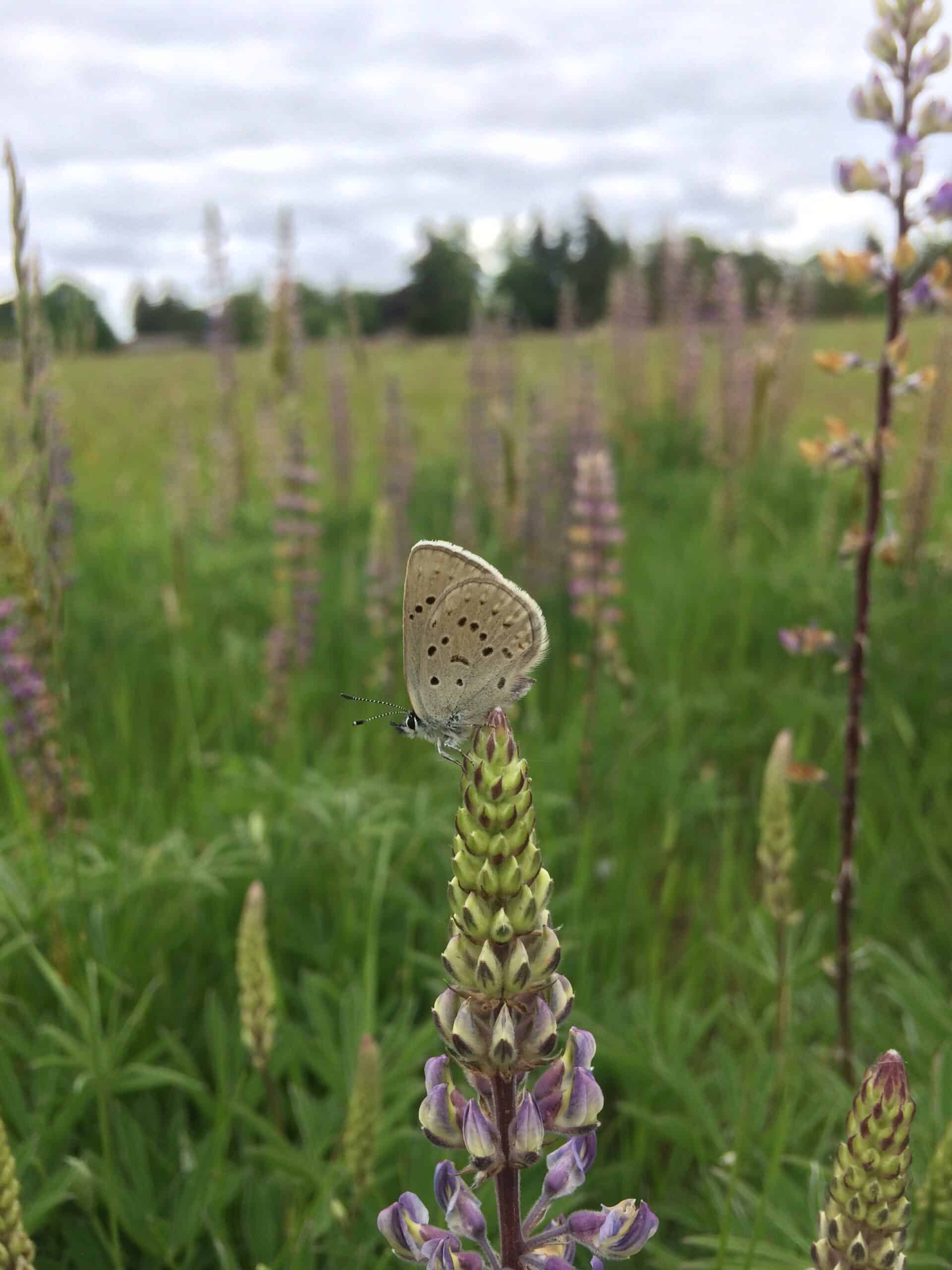Share this article
By cleaning up carcasses, hyenas also reduce disease
Hyenas aren’t the most popular species, but in one Ethiopian town, they may be reducing the spread of diseases from dead animals to people and livestock.
When their livestock dies, residents of Mekelle often leave the carcasses out on the landscape. At night, when everyone goes to sleep, spotted hyenas (Crocuta crocuta) come to feed on them.
“The hyenas really have two options,” said Chinmay Sonawane, a PhD student at Stanford University. “One is to predate on livestock. The other is to scavenge on carcass waste that’s disposed of. Having this carcass waste allows them to live in somewhat harmonious terms with the people.”
Sonawane wondered how this function in the system was impacting disease spread. He had already read about other research where large carnivores were reducing the spread of disease. In the outskirts of Mumbai, for example, leopards (Panthera pardus) were found to feed on rabid dogs, reducing rabies cases among the people.
Sonawane led a study published in the Journal of Applied Ecology quantifying how many hyenas come into Mekelle, how many carcasses they’re eating and how that may impact disease spread.
“I think typically when we talk about large carnivores, we tend to focus on their negative impacts on human life and human activity, including lots of attacks on humans and transmission of disease like rabies,” he said. “That’s what the scientific literature and media tend to focus on. We wanted to switch the narrative and talk a little more about the positive impacts large carnivores might be having on human life.”
The team first had to learn more about hyenas’ feeding ecology. To do so, they would go out to the landfill and collect and weigh a piece of waste to know how much it contained initially. Then, they set it 10 to15 meters away from their vehicle and let hyenas come to retrieve the waste. Afterward, they weighed the waste again to find how much the hyenas had consumed.
Estimating that hyenas eat more than 4 pounds of waste a day, or about 2,100 pounds annually, they tried to determine the population size to find out how much waste was being consumed. Broadcasting the sounds of hyena noises and bleating livestock to draw the hyenas out, they used night vision binoculars to count them. The estimated a population of 200 hyenas, enough to consume 207 metric tons of carcass waste a year—mostly horse carcasses and poultry.

Hyenas feed on a horse left on a road in Mekelle. Credit: Chinmay Sonawane
When they modeled how this might impact the spread of bovine tuberculosis and anthrax, they found that hyenas likely stop about five human infections a year, but about 140 infections in livestock. “We only really looked at two diseases in this study,” he said. “They’re also likely preventing transmission of many, many other diseases and potentially preventing spillover of novel zoonotic disease.”
Hyenas coming so close to the community can present problems, Sonawane said. Sometimes they prey on livestock. Attacks on people can occur, too, but they’re rare and usually not fatal. But residents have found that living with the carnivores has advantages.
“People tend to tolerate their presence because of the fact that hyenas are cleaning up their cities,” he said.
Header Image: Spotted hyenas are reducing the spread of disease in an Ethiopian town. Credit: Chinmay Sonawane








